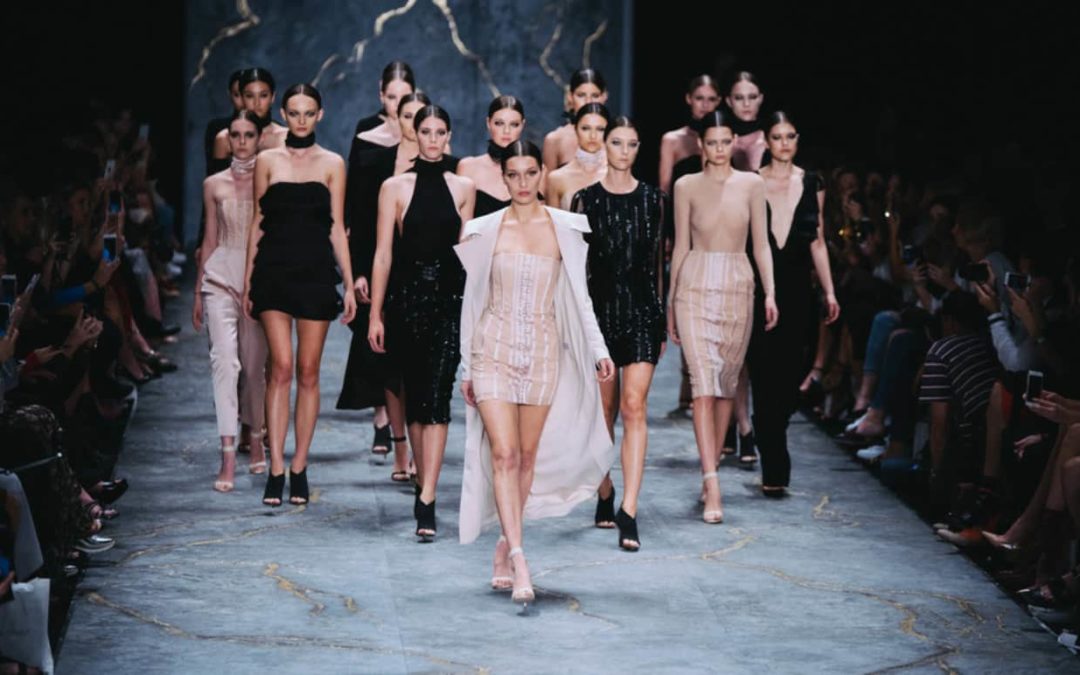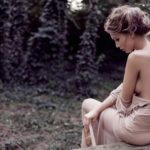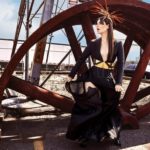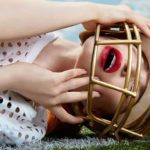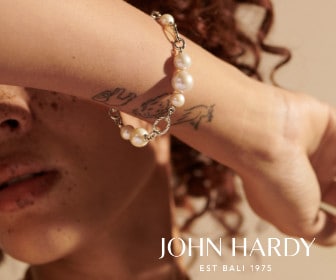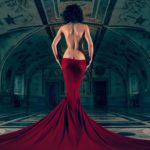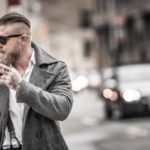Australian Photographer Christopher Quyen
Christopher Quyen is a photographer, writer, and movie producer situated in Sydney, Australia. He is now making a Bachelor of Communications (Journalism) / Law at the University of Technology, Sydney.
As a photographer, he focuses on the portrait, and fashion photography, recently shooting Shu Uemura and covering New York Fashion Week SS17. He also has practical experience in commercial photography, content creation, and digital marketing operating as the creative director of his creative and digital advertising company, Seakyu Creative, established by Dennon Kendall Clamp and himself in 2016. He has since created online content for organizations and new companies; for example, QNect, Dimension Data, and gentSac.
As an author, he has composed and independently published a novel titled With Watercolors (2013), composed for productions; for example, Capture Magazine and C-Heads Magazine and has been a part of the 2015 article group for UTS Vertigo Magazine/Newspaper.
As a movie producer, he produces and gives original direction for films and theater production, including his own particular short movies, Dezmond (2012), Chasing Shadows (2012) and Peter’s Philia (2013).
Were you educate in photography, or are you taught?
I was never educated in photography before I was behind the camera; I was in front of it. Acting and modeling gave me a bit of insight into how photographers and filmmakers interacted with me and how they could offer creative direction to connect with me through the camera. I took this on board when I picked up the camera and ever since the connection with your subject has become extremely important to my work and me. I also picked up a little photography education by modeling for a photography school every week. While I was in the studio modeling, I would eavesdrop on the lecturers and pay close attention to how they were setting up the lights to obtain different shadows or moods. I also work at Capture Magazine, Australia’s top professional photography magazine, and could get really great advice from some of the best photographers in the world.
What camera do you use most of the time?
Right now I’m shooting on the Canon 1DX Mark II because my Sony A7R II is in repairs. I love Sony’s products, but why do they have to break so easily? Haha.
Which photo are you currently most proud of?
Right now, my favorite photo is this photo I took of a random street busker in New York playing on his saxophone. It was the first thing I saw when I walked the streets of New York after dropping off all my bags at the hotel after catching the opening melody of Stevie Wonder’s, Superstitious. I remember just stopping, just absorbed in his passion for the music. So I took my camera out and started snapping away before I knew it, he started playing to the camera, and I got this one shot that I will treasure for years to come.
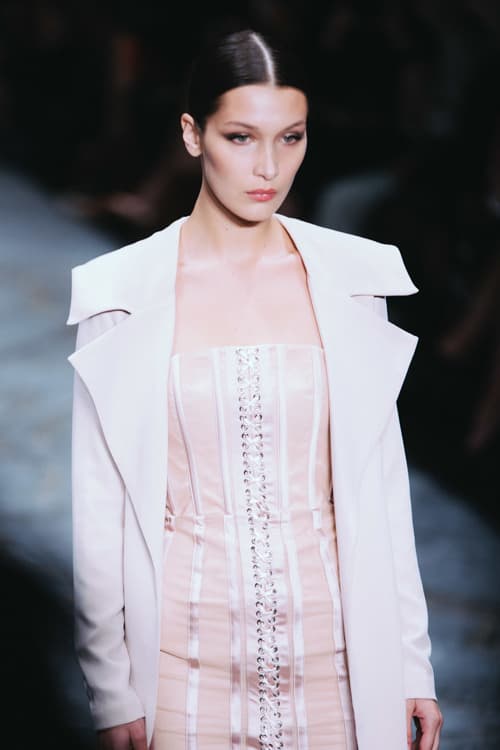
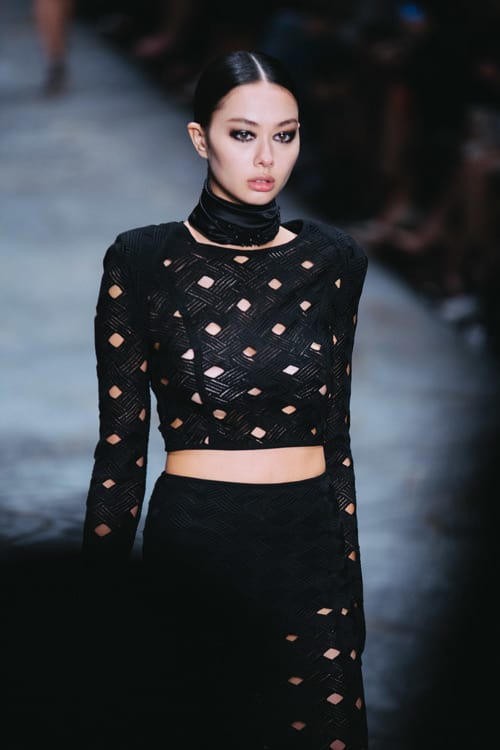
Comparing where you are now with where you are when you first started, what could you have done differently to get to where you are sooner?
I would’ve done two things differently… Started younger! Also, take it more seriously during my early years! Photography is often described as a young man’s game and though I’m only 22, which is still pretty young in my books, there are plenty of photographers who haven’t even graduated High School who are killing it right now. I think if I took photography and filmmaking more seriously when I was younger, I could’ve had such a great head start.
You’ve clearly worked with a wide range of models, what tips can you recommend to people looking to expand their portfolio?
Don’t just shoot agency models. Shoot people on the street. Offer a photoshoot to your friends or to a stranger. Recognize the beauty in every person and try your best to connect and capture that with your camera. One photographer who I look up to, Steve McCurry, does just this and his portfolio is a very expansive collection of faces and emotions. Then when you start to work with agencies and models of different looks, you can always capture something new and refreshing in your photographs.
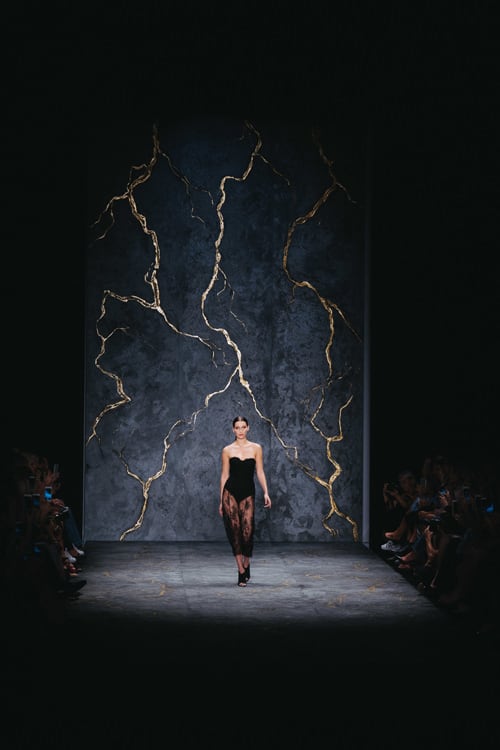
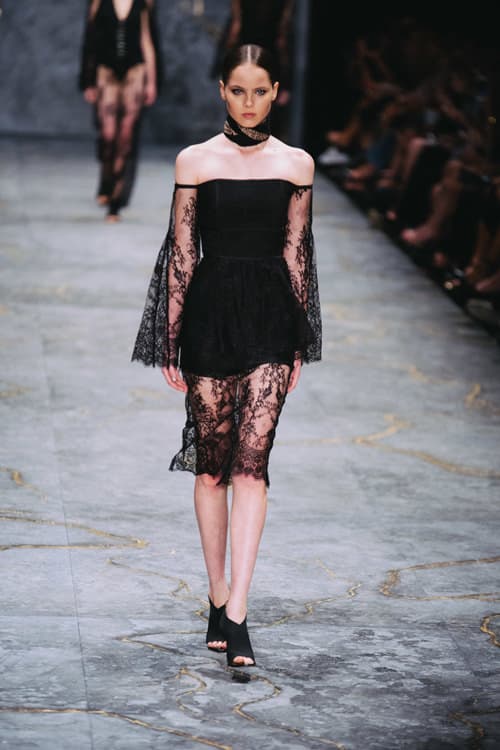
Describe a typical shoot.
My typical shoots are usually very busy and produced or very simple and spontaneous.
For the produced ones, first, off you need snacks and drinks. A lot of them. An unfed and thirsty crew is an unhappy crew, and you don’t want that. Once you’ve got that covered, I usually have the model, makeup artist, and stylist in the studio or onset. I carry all my gear in two backpacks and usually put on some music I can dance to and start setting up while the model is getting their makeup done. After I finish, I usually go back to makeup to build some kind of rapport with the model. Then, they hop in the zone and I try to connect with them and start taking photos. I try to have fun unless it’s for a client… that’s when I get really stressed and too deep in thought, but you should try to have as much fun as possible – otherwise, it feels like work.
For the relaxed ones. A model and I will just show up to a location and walk around taking photos at anything that strikes my eye. I prefer this kind of shot.
How much time do you spend taking photos, versus retouching photos?
For every photo, I take I probably spend 5 – 10 minutes retouching.
Favorite accessory?
My drone also a flash bracket to get that Terry Richardson look.
Who would you like to work with most?
Kiko Mizuhara is my number one.
Favorite photography book?
It keeps changing, but I think Landscapes with A Corpse by Izima Kaoru left a considerable impression on me and my style of photography.
To know more about Christopher please visit: Christopher Quyen and Seakyu
